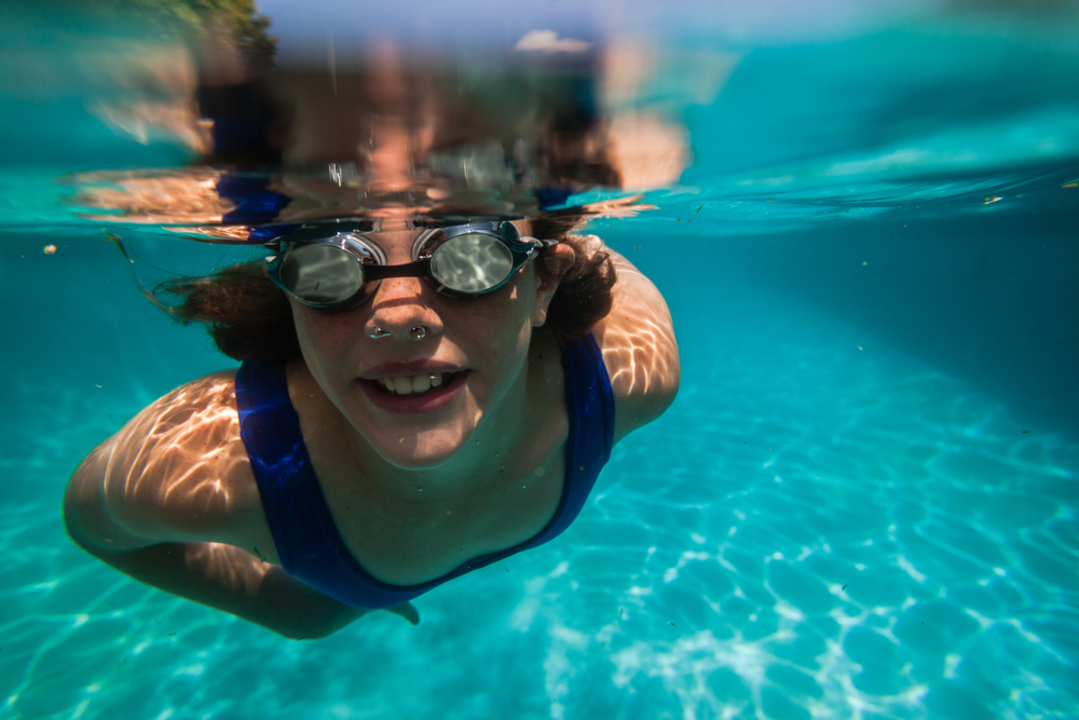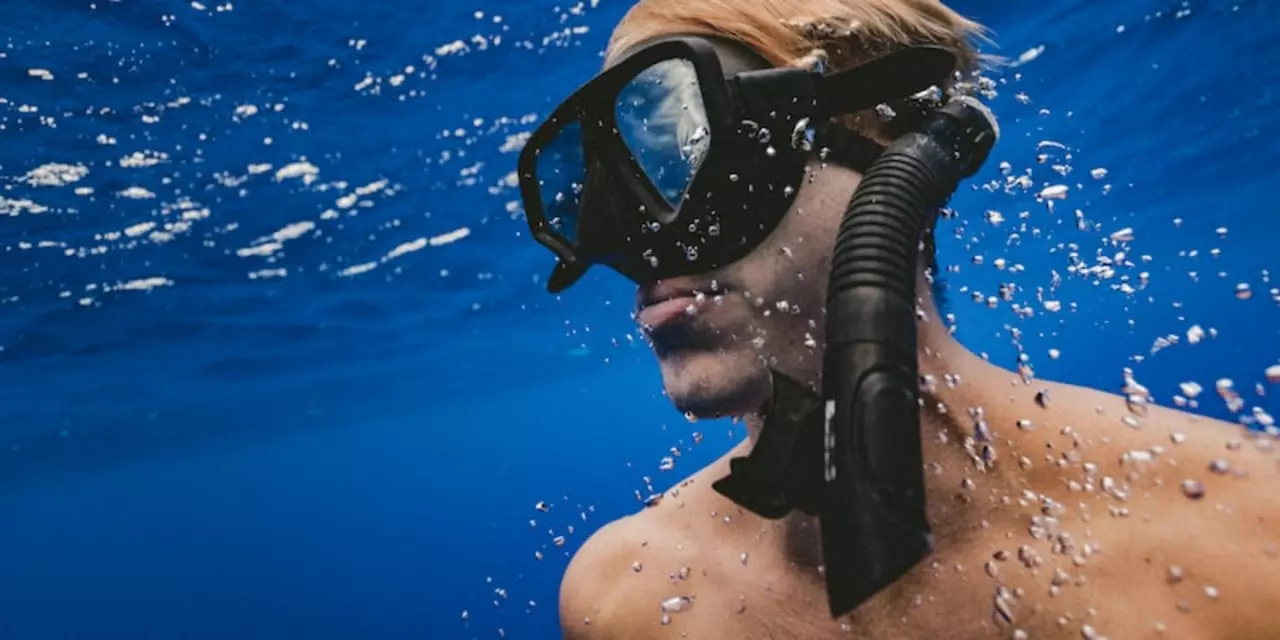How to Pick the Perfect Goggles for Swimming and Water Sports
When you hit the pool or the lake, clear vision is a game‑changer. The right goggles keep water out, protect your eyes from UV and let you see every stroke. But with so many options, picking the best pair can feel overwhelming. Here’s a straight‑forward rundown that will get you swimming with confidence.
Fit Matters More Than Looks
The first thing to test is the seal. Put the goggles on and gently press the lenses against your face. If you feel a light suction and no leaks, you’ve got a good fit. Adjustable straps are a must – they let you tighten or loosen the goggles without rubbing the skin. Silicone skirts are softer on sensitive eyes, while rubber offers a tighter seal for competitive swimmers.
Lens Types: Clear, Tinted or Mirrored?
Clear lenses are ideal for indoor pools where lighting is even. If you train outdoors, a slight tint reduces glare without darkening the whole view. Mirrored lenses block the most sunlight and are perfect for bright beach sessions, but they can make it harder to see depth changes. Anti‑fog coatings are a bonus; they keep vision sharp even when you push hard.Most modern goggles also have UV protection. Even on cloudy days, UV rays bounce off water and can damage your eyes. Look for a label that says “100% UV‑blocked” to stay safe.
Durability and Maintenance
Goggles with reinforced frames last longer. Plastic frames are lightweight but can snap if you drop them. Metal frames are sturdier but may feel heavier. After each swim, rinse the lenses with fresh water and let them air‑dry. Avoid wiping the inside of the lenses with a towel – that can scratch the anti‑fog layer.
If you notice fogging during a session, give the lenses a quick breath and gently blow on them. The moisture from your breath creates a thin film that stops fog for a few minutes. For stubborn fog, a tiny drop of baby shampoo spread thinly on the lens and rinsed off works wonders.
Choosing the Right Pair for Your Needs
Casual swimmers usually prefer comfort over speed, so soft silicone skirts and a medium‑tight strap are the sweet spot. Competitive swimmers need low‑profile lenses that sit close to the eyes, reducing drag. For water sports like kayaking or paddleboarding, look for goggles with a wider field of view and a strap that can handle head movement.
Budget‑friendly options start around £10 and still offer basic anti‑fog and UV protection. Mid‑range models (£20‑£35) add silicone skirts, adjustable nose bridges and stronger frames. High‑end goggles (£40 and up) include premium anti‑fog coatings, custom‑fit nose pieces and lightweight materials that seasoned athletes swear by.
Quick Checklist Before You Buy
- Seal test: no leaks, comfortable suction.
- Adjustable strap and nose bridge.
- Lens type matching your environment (clear, tinted, mirrored).
- UV protection for outdoor use.
- Anti‑fog coating and easy cleaning routine.
With these points in mind, you can shop confidently and find goggles that stay put, keep your vision clear and let you focus on the swim. Happy laps!
How to swim in the sea without goggles?
- Kieran Lockhart
- on Apr 4 2023
- 0 Comments
Swimming in the sea without goggles can be a thrilling experience! It can also be dangerous as it can be difficult to see underwater. To stay safe, it's best to swim in areas where the water is shallow and there are no rocks or debris. To make sure you don't lose your bearings, keep the shoreline in sight and use the sun or moonlight as a reference point. Before you dive in, take a few moments to familiarize yourself with the surroundings, so that you can swim confidently and safely. With a little practice and some common-sense safety, you can have a great time enjoying the sea without goggles.
Do swimming goggles get worn out?
- Kieran Lockhart
- on Feb 17 2023
- 0 Comments
Swimming goggles are essential for swimmers to protect their eyes from chlorine and other chemicals found in swimming pools. However, goggles can become worn out over time, thus reducing their effectiveness. Signs of wear and tear include fogging up, reduced clarity, leaking, and stretching. Proper care can help extend the life of goggles and make them more comfortable to wear. It is also important to replace them after a few months of use to ensure proper protection.

